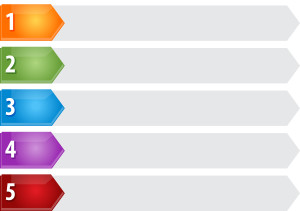Intro Blog Posts

I picked up Pulp Media’s 501 Things You Should Have Learned About Math from the bargain rack outside my favorite bookstore, and spent the next hour happily browsing through it. As the printed introduction promises, “Several facts in this book are bizarre, mind-boggling, fun and interesting, but not one will make you want to put it down.”
But even better than that intro actually printed in the book itself, I found, was the intro offered by Amazon:
“This eminently browsable book presents history’s greatest mathematicians and mathematical discoveries in fascinating, easy-to-understand chunks.”
Every business blog, I believe, could use an introductory post telling readers exactly what to expect in posts to come.
“You’ll learn about Archimedes, Pythagoras, Isaac Newton and how their experiments and breakthroughs have changed the world. You’ll learn how “zero” came to life, how geometry was discovered and how mathematicians throughout history have cracked the world’s most challenging conundrums.”
An introductory post needs to entice readers, arousing their curiosity. (And, did you notice the intro writer’s skillful use of alliteration such as in “challenging conundrums”))
“So if you don’t know your Fibonacci from your tagliatelle what are you waiting for?”
Nothing like offering a challenge to readers, giving them a reason to slimb aboard. (I knew who Fibonacci was, but needed to look up tagliatelle!)
Just as instructors make clear to students what the syllabus is for the semester and what tasks they are expected to complete before the next session, it’s crucial for us blog content writers to tell the readers what to expect of our blog, making it clear why we decided (or why our client decided) to offer a blog in the first place!





Follow us online!